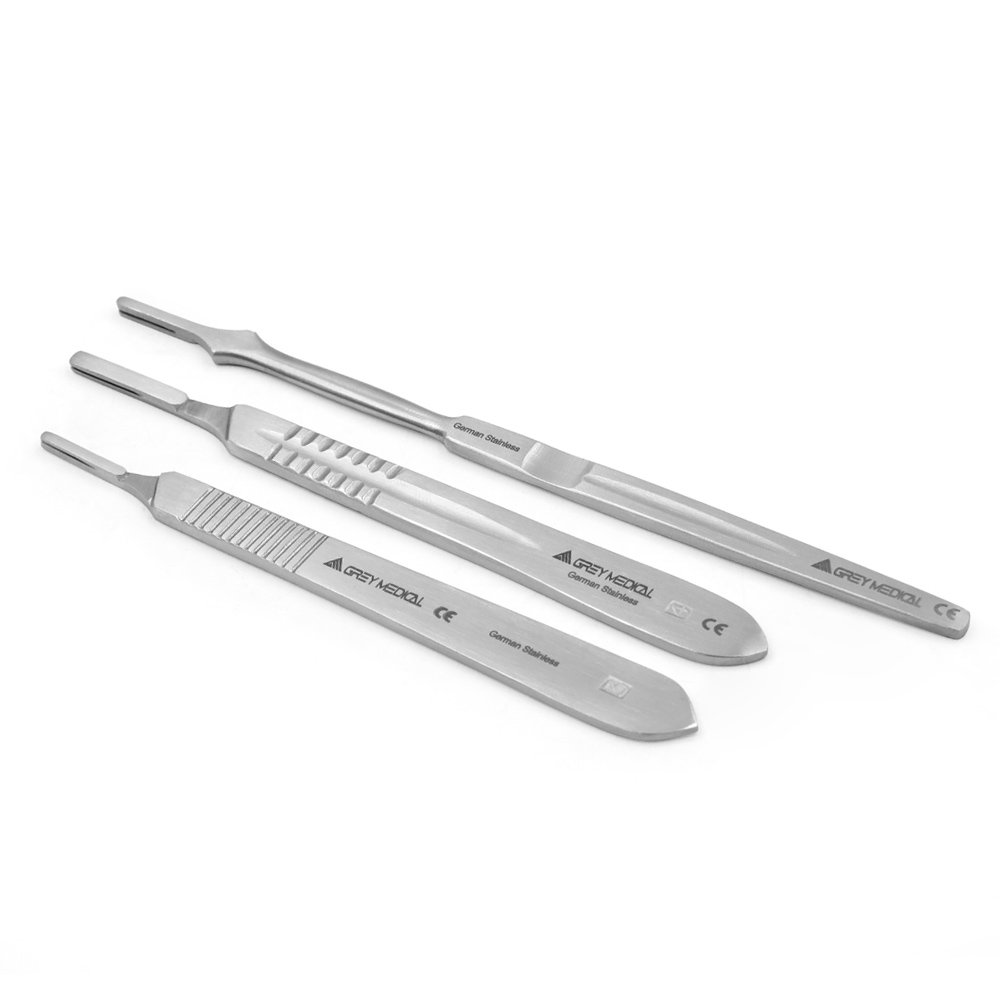The Unseen Heroes: The World of Surgical Instruments
Wiki Article

The success of any surgical procedure depends heavily on the skill of the surgeon and the quality of the tools they use. At the heart of every operating room are the instruments that enable precision, safety, and efficiency. From simple scalpels to complex robotic arms, the right surgical instrument is a critical extension of a surgeon's hands, allowing for life-saving interventions. These tools are the result of centuries of innovation, combining materials science with a deep understanding of human anatomy to ensure the best possible patient outcomes.
The Foundation of Surgical Precision
Every specialty in medicine has its own unique set of tools designed for specific tasks. A surgical instrument for a cardiac procedure, for instance, will differ greatly from one used in neurosurgery. This specialization is crucial because it allows for greater accuracy and less trauma to the patient. The materials used, such as stainless steel and titanium, are chosen for their durability, resistance to corrosion, and ability to be sterilized effectively, which is vital for preventing infections and ensuring patient safety during and after an operation.
Innovation in Instrument Design
The field of medical technology is constantly advancing, and this progress is clearly visible in the design of modern surgical tools. Companies like GreyMedical®, a privately owned medical technology company, are at the forefront, dedicating themselves to innovation and excellence in the craft of surgical instruments. This drive for improvement leads to the development of tools that are more ergonomic for surgeons, less invasive for patients, and more effective in treating complex conditions. The continuous refinement of each surgical instrument pushes the boundaries of what is medically possible.
Maintaining Quality and Sterility
The lifecycle of a surgical instrument does not end in the operating room. Proper care, handling, and sterilization are paramount to its longevity and safe reuse. Hospitals and clinics follow strict protocols for cleaning and sterilizing instruments to eliminate all microorganisms. This meticulous process ensures that every tool is in perfect condition for the next procedure, protecting patients from potential complications and upholding the highest standards of medical care. Without these rigorous standards, the risk of infection would be unacceptably high.
Conclusion: The Future of Surgical Tools
In conclusion, the significance of a high-quality surgical instrument in modern medicine cannot be overstated. These tools are essential for the safe and effective execution of countless procedures performed daily around the world. As technology continues to evolve, we can expect to see even more sophisticated and precise instruments that will further enhance surgical capabilities, reduce recovery times, and ultimately save more lives. The commitment to excellence in their design and manufacturing is a cornerstone of advancing global healthcare.
Report this wiki page